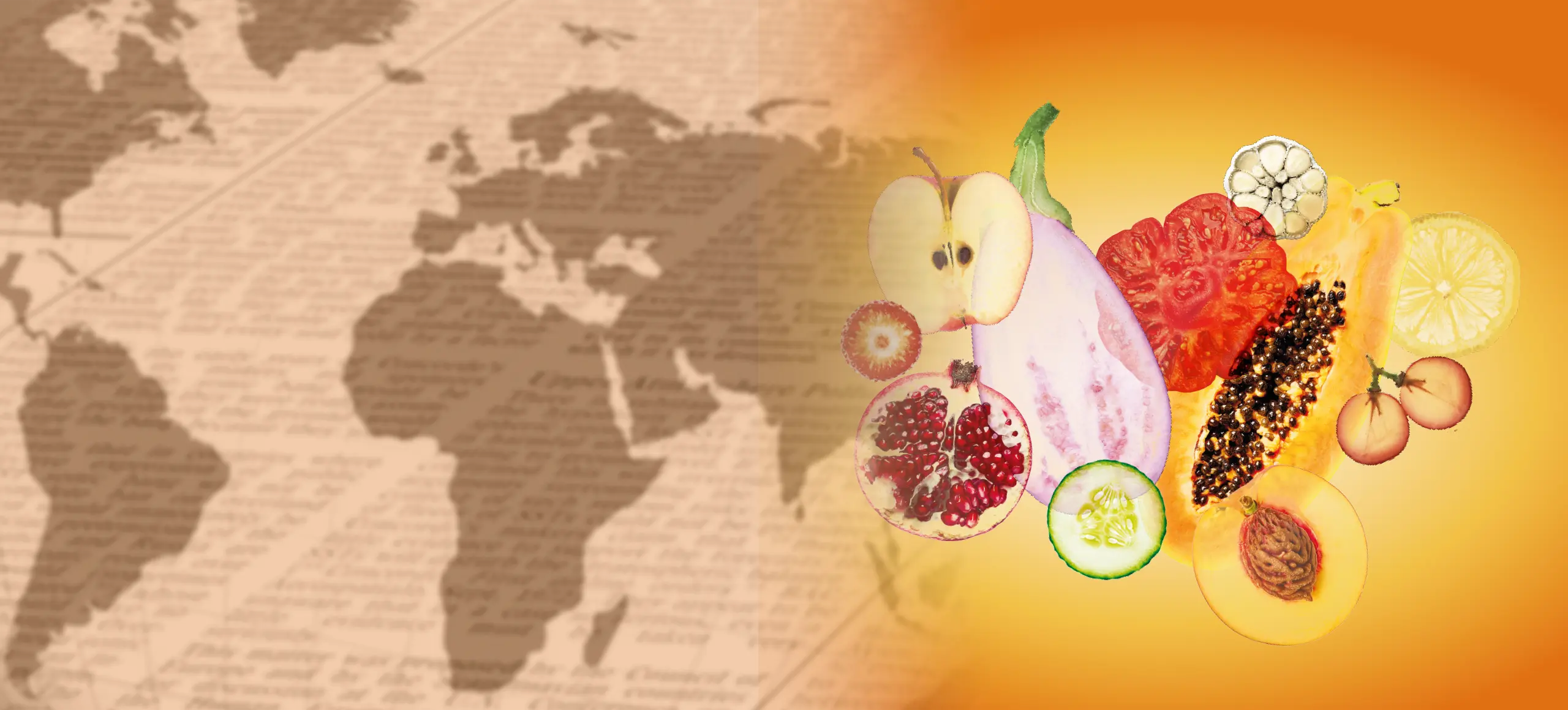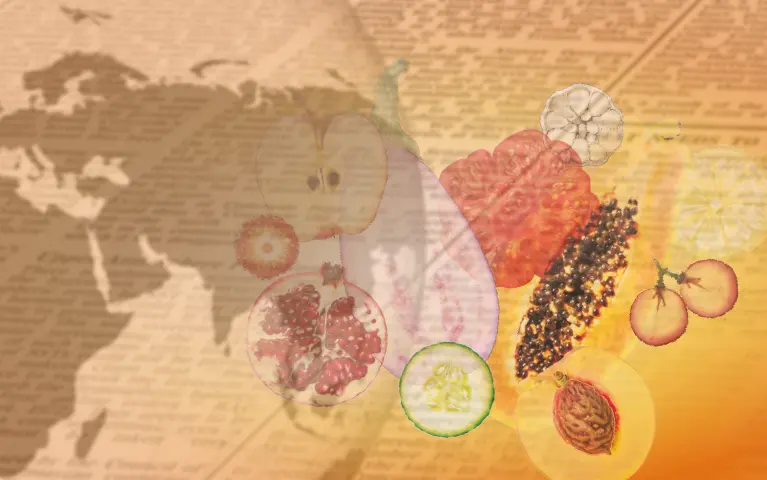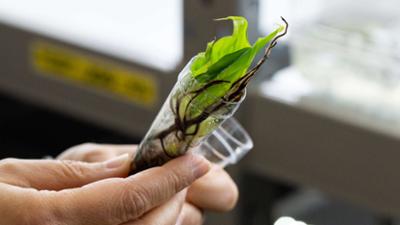

New Genomics Techniques (NGT) are coming to food. What does the future hold?
The new challenges in today's food need new solutions, and the New Genomic Techniques (NGT) open the door for agrobiotechnology to use research protocols with more specific objectives to respond to the new needs demanded by the entire agri-food chain. However, current EU regulations on the treatment of genomic techniques mean a loss of competitiveness in Europe compared to other countries that have regulations that are more in line with the current context. The EU is beginning to take steps towards their introduction. What will their authorisation mean for the agri-food market?
Can you imagine a tomato that prevents blood pressure, a less spicy mustard or gluten-free wheat? The European Union is paving the way for the use of New Genomics Techniques (NGTs), based on biotechnology applied to the agri-food sector, to help provide rapid and effective responses to new food and farming challenges in Europe.
Traditional and current genetic techniques have changed a lot in terms of breeding objectives. In the past, more consideration was given to issues related to cultivation and production, such as disease resistance, product quality, volumes grown, etc. "However, in recent years, new improvement factors are being introduced that are requested by other links in the food chain, such as processing, distribution and the consumer," comments Agatha Agudelo, head of R&D projects at Sakata Seed Ibérica.
But what is to be gained from the use of new genomic tools? In addition to offering more precise, disruptive and efficient approaches to directly modifying the DNA of the product, new possibilities are opening up when it comes to providing solutions to present and future problems, such as new pathogens, drought tolerance and higher productivity in more stressed crops. Alicia Díaz, director of communication and operational management at the National Association of Plant Breeders (ANOVE), also points out the speed with which a new variety could be put on the market, "half or less the time currently required", and the cost, which is also lower as the techniques are simple and affordable for any breeding company. Although all crops would benefit, as from 12-15 years it would be possible to move to 3 or 4 years, "tree crops, such as fruit trees, where improvement is very slow, would be the greatest beneficiaries, as well as pulses, as they would not have the investment barrier", adds Díaz.
Urgent need for regulation to be competitive
There are a number of pioneering countries, including Argentina and other Latin American countries, Canada, the USA, Japan, Australia and Israel, which have incorporated these technologies into pre-existing regulations or made some adjustments so that these technologies fit into their regulations, "instead of creating ad hoc regulations, as the EU wants to do", explains Leire Escajedo, PhD in law and biological sciences and lecturer at the University of the Basque Country.
The strict regulation of EU markets results in a constant loss of competitiveness in an increasingly global market. The first developments appeared a decade ago in Argentina and Canada. Other countries already working with real applications and bringing them to market include Japan, the United States, China, the Philippines, the United Kingdom and others. For example, in Japan, a variety of tomato is already available for consumption that contains high levels of an amino acid that contributes to relaxation and helps reduce blood pressure. Another example is the waxy maize 'Waxy' that improves the organoleptic characteristics of flour, while allowing greater efficiency in obtaining amylopectins, used in the textile and paper industry; as well as other varieties of modified wheat that are being cultivated in Asia and America to produce gluten-free or grown with less water, also being more resistant to pests.
Gonzaga Ruiz de Gauna, coordinator at the plant biotechnology technology platform 'Biovegen', talks about other examples of products already on the international market, such as rice that is resistant to salinity, soybean oil that has been developed with a higher content of oleic fatty acids and offers more durability and quality for use in frying, potatoes and apples that do not brown with oxidation, or bananas that do not oxidise and extend their shelf life. As can be seen, there is a very wide range of applications for NGT techniques such as resistance, productivity, quality, new nutritional characteristics, applications and processing work, shelf-life extension and innovation, as the market is also looking to be surprised.
What is Spain's position in agrobiotechnology?
It is estimated that there are around 400 companies working in agri-biotechnology in Spain. It is also a very emerging sector, which in the last four or five years has begun to experience the development of start-ups, the approach of investment funds and acceleration projects. "There is an increasingly growing collaboration between science and business to help generate a more sustainable agriculture," says Laura Zacarés Sanmartín, head of technology transfer at IBMCP (Institute of Molecular and Cellular Biology of Plants).
Some companies are already turning to biotechnology to improve their products. For example, Anecoop has used biotechnology to select more suitable varieties of late mandarins, kiwis or persimmons; Importaco, the Spanish nut giant, has obtained results that improve the micronutrients present in its pistachios, cashews or macadamia nuts, to avoid allergic reactions or to enhance their properties as probiotics; and Rijk Zwaan has obtained and markets cucumbers with a higher content of potassium, magnesium, sugar, vitamin K or water than cucumbers with a higher content of potassium, magnesium, sugar, vitamin K or water than cucumbers with a higher content of potassium, magnesium, vitamin K or water; and Rijk Zwaan has obtained and markets cucumbers with a higher content of potassium, magnesium, sugar, vitamin K or water than isotonic drinks, or beans with more vitamin A and carotenoids than other varieties of this crop.
As for the NGTs, the only thing left to do now is to wait for the European institutions to take further steps forward. After the use of these techniques was approved by the European Parliament last February, now the European Council has to give them the green light to start a negotiation process, which could take a long time, to discuss the different amendments that are launched. The agri-food sector is urgently calling for further progress to be made so as not to miss the boat on innovation and competitiveness compared to other countries with more open legislation.






